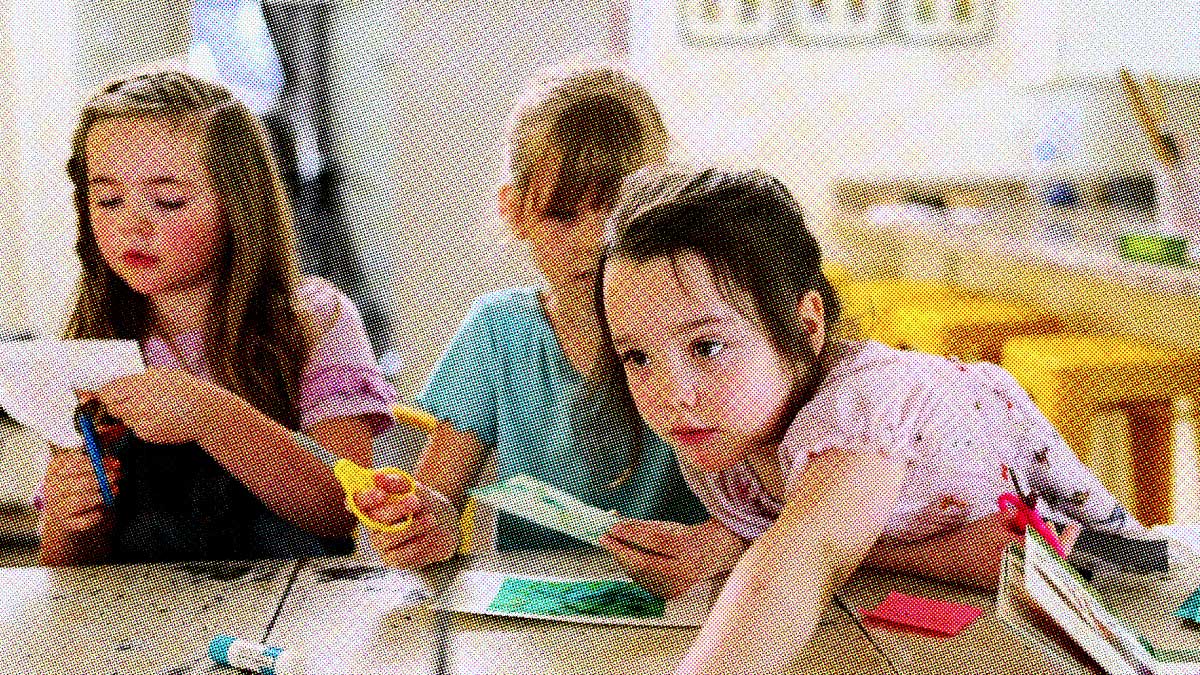Prenda and the rise of “microschools” across America

Kelly Smith is “obsessed” with answering a simple question: How do kids learn? Answering this question is the reason he founded Prenda, an organization that’s now on the frontlines of a new education model with the potential to take off nationally.
Smith’s journey started with his own child.
“When my daughter was a first grader, she was doing really well by any objective standard,” he says. “She was getting great grades, but we could see that she was disengaged from learning. We saw this love of learning evaporating from our young daughter.’”
At about the same time, Smith started a “Code Club” for his 8-year-old son and some neighborhood kids. Each week, the MIT-trained engineer would teach computer programming at the public library after school.
The first day of Code Club, Smith realized there was more to learning than just filling the students with information.
“I grabbed a whiteboard marker and drew them this beautiful explanation of logic, of computer programming,” he recalls of his first lesson. “I turned around and saw that I had turned into the teacher from Charlie Brown. I could see it in their eyes. I had lost the whole class.”
He decided to change his approach. “The next week, I showed up to Code Club again, but instead of a prepared lesson, I gave a challenge of the week and a few bullet points of what your project should have to do. And just that alone, the desire of these kids to tackle this project, I saw the difference between a child who makes the decision to learn and one who’s just kind of along for the ride.”
At a Prenda microschool, learning is individualized
As Smith worked to help his own children thrive, he began thinking about other children, too. In 2018, he started the first Prenda microschool in his own home with seven neighborhood children.
Parents began to notice. These parents were tired of the one-size-fits all education system, whose children didn’t fit the mold.
It’s a story Smith hears over and over again. “We talk to people all the time that have gotten to this point of frustration, where they’re looking for options for their child,” he says.
“If you think about the history of education, tens of millions of kids in America being educated in a class of 20 to 30 students, there’s a model that’s not tailored to individual learners.”
A microschool is different, both in size and objective. “A microschool is a group of up to 10 kids meeting in an informal space and taking ownership of their own learning,” explains Smith.
At the start of every school year, each child sets a year-long goal. The child then uses that goal to plan. There are no teachers, only “guides.”
“We call the adult in charge of a microschool a learning guide,” says Smith. “Instead of being the one transmitting information, their role really is to help these young people develop into learners.”
The children “really are in the driver’s seat of their own education,” says Bekah, a microschool learning guide.
Bekah likes Prenda because it’s the best of both public school and home school. “It’s really the sweet spot where you get the social interaction that you get in a traditional public school, but you get that individualized, personalized aspect that you want when you’re homeschooling your kids.”
Prenda aims to make microschools accessible
Since Smith launched that first microschool in 2018 in his home, Prenda has helped more than 1,000 microschool founders and 10,000 K-8 students across the country. Now they’re setting their sights even higher, with a vision for every child in America to have access to microschools that serve their unique interests and needs.
The challenge, he says, is how to break down barriers. Starting a new school requires a lot of time, money, and expertise. Because of these barriers, parents and educators interested in starting microschools are faced with huge logistical hurdles required to get it off the ground.
And what about state requirements? Or academic expectations after the child has moved on from their Prenda school?
“We give you a whole learning model,” Smith says. “It includes all the English, math, and science and social studies that kids need to be learning. Your job is to help them through it and support them when they get stuck.”
Prenda also helps parents find ways to pay the tuition of an individualized microschool education. Thanks to policy reforms in states across the country, students who need more individualized options than their public system provides have access to the tax money designated for their education. Prenda helps parents navigate this.
“This is money that people have paid in taxes for the purpose of school,” says Smith, “and we can bring that money to bear to help people regardless of their economic position.”
Bekah has found Prenda’s aid invaluable. “This really helps eliminate the red tape,” she says.
With the academic and financial barriers removed, more people like Bekah can start their own schools. Soon Prenda’s resources will be available in all 50 states.
“I started with Code Club after school five years ago,” says Smith. “By the end of this year, Prenda will be available to everyone in all 50 states. There’s no limit to how many people can participate, because as more people come on, they create new opportunities and new microschools. That really changes the way thousands and millions of kids will learn.”
Prenda is supported by Stand Together Ventures Lab, which invests in and supports founders and their early-stage start-ups that are challenging the status quo. Learn more about Stand Together’s K-12 education reform efforts.

